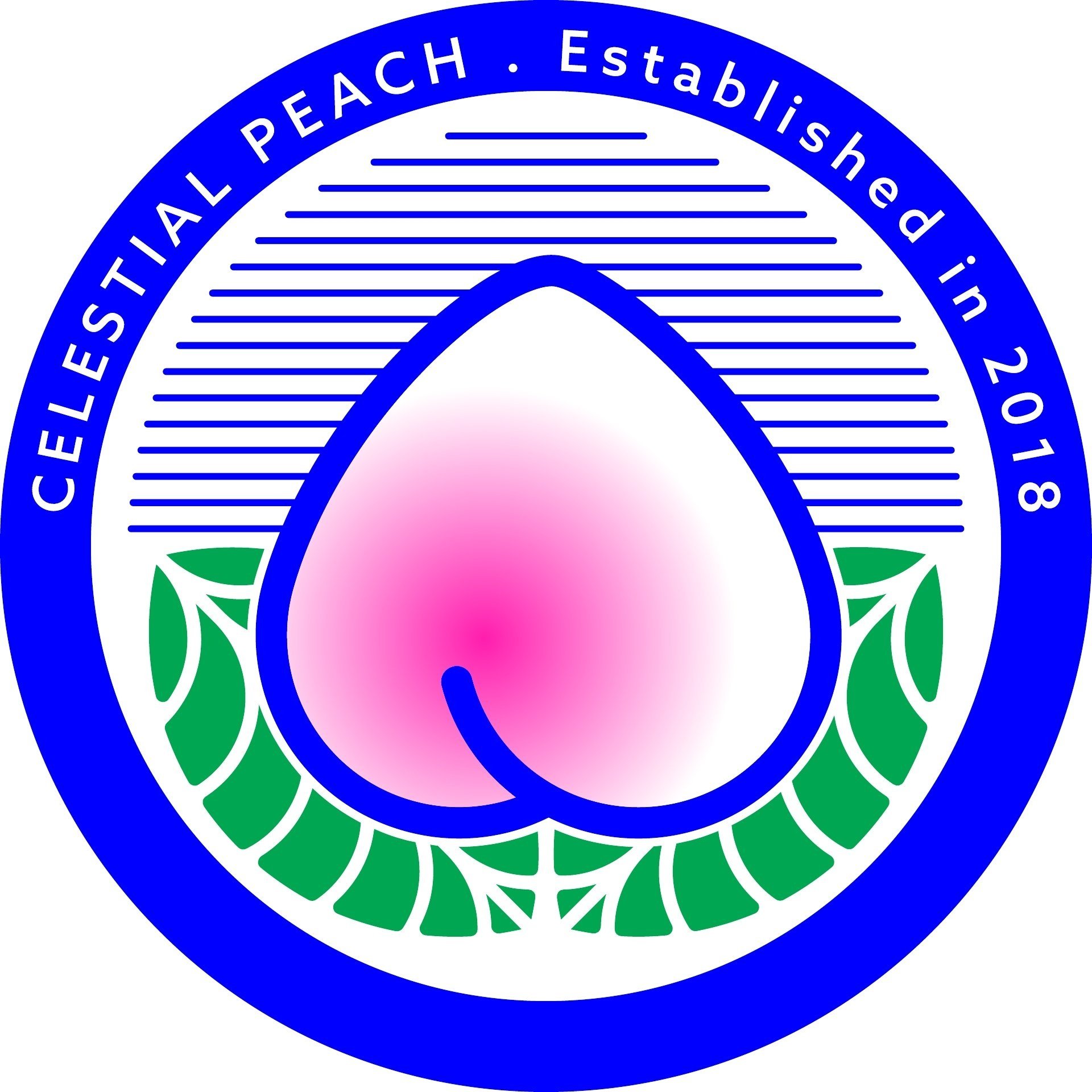Chinese Vegan Guide to Snow Fungus
Imagine having such legendary beauty that you could cause the downfall of monarchs and empires. And imagine if the secret to your beauty was in a small tree–dwelling fungus!
The magical mushroom I speak of is tremella fuciformis, known by many other names including snow fungus, snow ear, snow mushroom, silver ear fungus or white jelly mushroom. While this superfood is little known in the West, the Chinese have been cooking with tremella for thousands of years.
As for the legend, it surrounds Yang Guifei, one of the ‘Four Great Beauties’ in Chinese history, who incorporated snow fungus into her daily beauty routine. The Tang Dynasty imperial concubine was so admired for her radiant skin and youthful complexion that the emperor at the time neglected his own state in order to spend time doting on her.
The snow fungus may look rather delicate and ethereal, but it’s full of plant collagen and can hold up to 500 times its own weight in water, which can help our skin to stay hydrated and maintain a youthful appearance. Every Chinese girl (and boy, maybe!) will recall being fed a traditional beauty tonic (one which I recreated here in collaboration with Potion London). The tonic is halfway between a soup and dessert and also called ‘tong shui’, literally translated from Cantonese as sugar water, though of course I try my best to replace sugar with natural sweeteners.
Nowadays you can even get tremella face masks, creams and anti–wrinkle injections. It’s also prized for its anti–inflammatory properties and ability to soothe dry coughs. Indeed, snow fungus is dubbed the ‘poor man’s bird’s nest’ — bird’s nest being one of those inexplicable Chinese delicacies with purported miracle properties, rather cruelly harvested for human consumption from swiftlets’ nests made from their own solidified saliva. Don’t ask me why. I’m all for the snow fungus instead, being a much more ethical alternative, not to mention 50 times cheaper.
How does snow fungus taste? Much like black fungus it is fairly bland, and when rehydrated then stewed or boiled it has a crunchy, gelatinous texture that absorbs and holds onto liquids.
Benefits
One of the richest sources of natural vitamin D (helps with absorption of calcium)
High in dietary fibre
Has a water holding capacity greater than hyaluronic acid (used in a lot of hydrating beauty products to give skin a plumper appearance)
High in antioxidants and anti–inflammatory properties
Tips
Dried snow fungus needs rehydration. Cover with plenty of room temperature water for at least one hour. Once rehydrated, it feels soft and spongy and will have doubled to tripled in size.
The hard base of a snow fungus needs to be trimmed with scissors, but don’t discard it; it can be used as a natural face scrub.
Traditional Chinese herbalists would recommend that snow fungus is always prepared with Chinese south and north almonds, since they synergise each other to nourish the respiratory system and lungs. Learn more about south and north almonds — not to be confused with the almond we are familiar with!
Healthy vegan recipes
Collagen rich beauty tonic (my own)
Black and white fungus salad (kuali.com)
Apple and snow fungus soup (nyonyacooking.com)
Further reading
Yang Guifei, one of the Four Beauties of Ancient China (newworldencyclopaedia.org)
Tremella as natural alternative to sodium hyaluronic (truthinaging.com)







